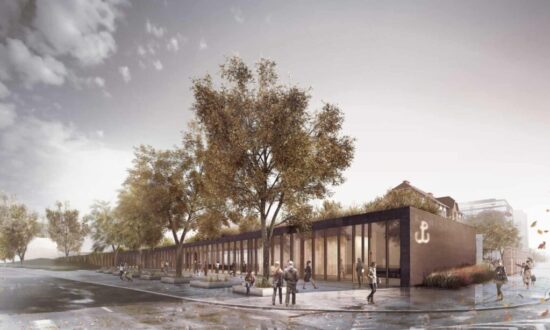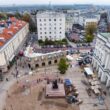The Warsaw Uprising Museum has selected the NDI consortium to build a new entrance pavilion, auditorium, and temporary exhibition space, a 3½‑year project funded by the city and the Ministry of Culture.
Contract Awarded to NDI Consortium
The Warsaw Uprising Museum announced on 20 October 2025 that the NDI consortium, comprising NDI S.A. and NDI Sopot S.A., won the tender to expand the museum’s headquarters. Eight firms submitted bids ranging from 139 million to 273 million PLN; the consortium offered the best price and met the budget ceiling of 147.6 million PLN.
Scope of Expansion
The expansion will feature a new entrance pavilion on Towarowa Street, a ground-floor structure, a green, publicly accessible roof, and two underground levels. Inside, there will be a reception zone with ticket booths, a cloakroom, a shop, and below ground, a 300‑seat auditorium, a temporary exhibition hall, and storage spaces. A subterranean passage will link the new complex to the main building, and a bus terminal will be positioned at Towarowa.
Funding Details
The investment, valued at 138.9 million PLN, is financed jointly by the city and the Ministry of Culture through a co‑management agreement signed at the end of 2024. The ministry will provide 100 million PLN, while the city will contribute 45 million PLN. The co‑management agreement runs from 1 January 2025 to 31 December 2029.
Architectural Design
Architectural plans were prepared by the Nizio Design International studio, whose winning concept was previously adopted in a competition and is now being implemented for the expanded function. Recent renderings show a lighter façade for the pavilion and stairs leading to the green roof from Grzybowska Street.
Operational Benefits
According to municipal and industry publications, the new building will streamline visitor flow, secure permanent space for temporary exhibitions and events, and improve logistics for group tours—critical for the museum’s annual attendance of hundreds of thousands. The city estimates the project will be completed by 2030.










